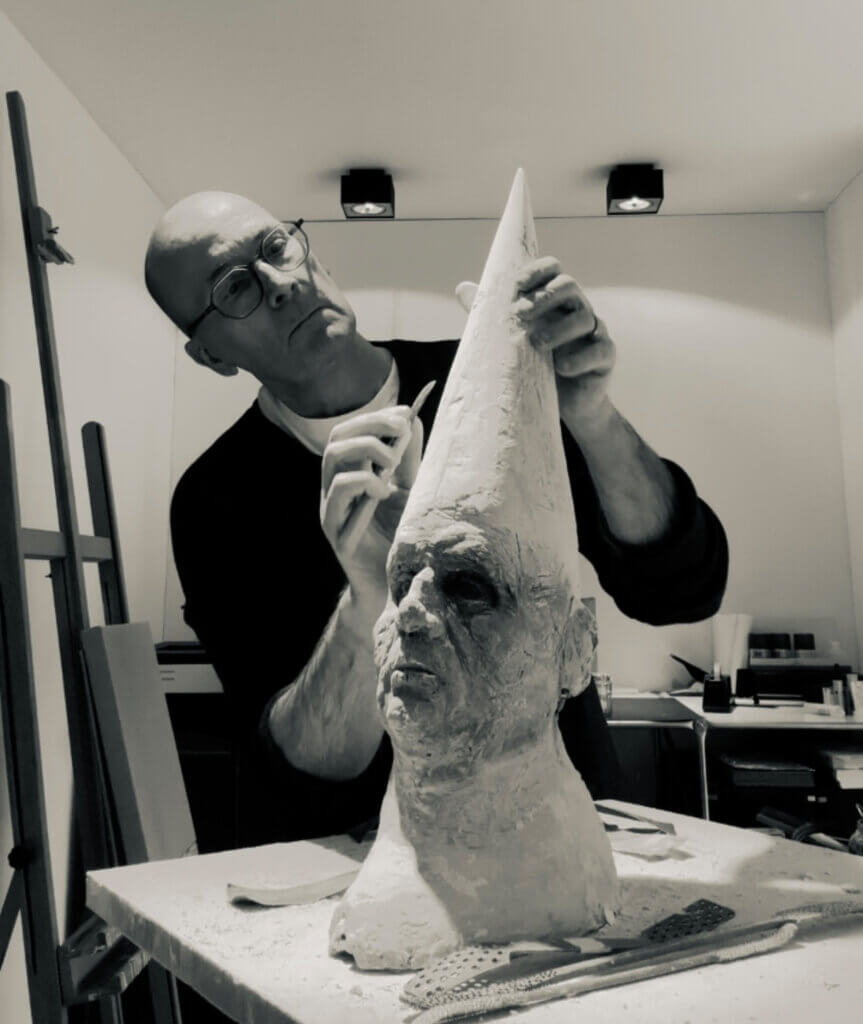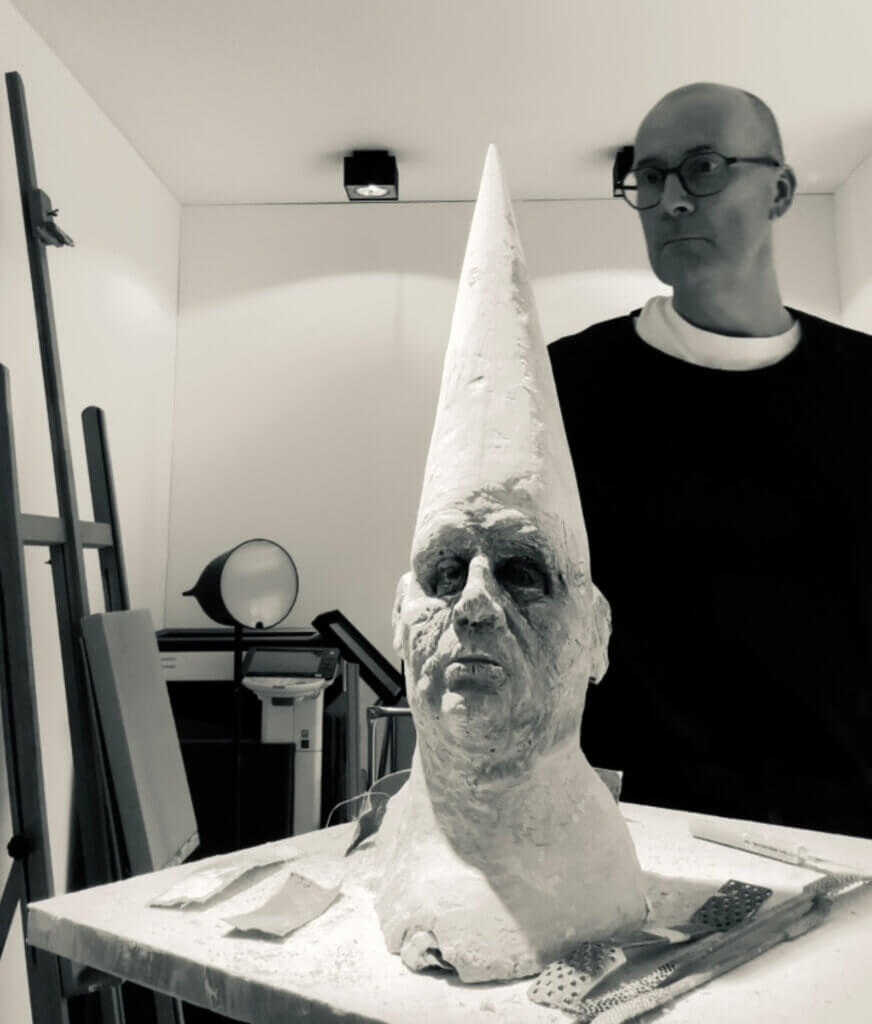After 2002 and the question posed then about the possibilities and impossibilities of sculptural representation, this series also deals with processes of perception – to be precise, with the alienation of familiar ways of seeing. I am interested in the question of whether the absence of a definable form makes it all the more visible. And if the form is no longer the focus, is it only about the process? The pure form of unintentionality? Not abstraction, but rather subtraction, the removal of existing and familiar perspectives.
Subtraction as a means of reduction
The word abstraction initially refers to the inductive thought process of omitting details and transferring them to something more general or simpler. The starting point of an abstraction is therefore always a state in the form of an image or thought. An initial situation that is simplified, reduced and transformed into a changed state via a causal process.
In contrast to this familiar process, subtraction shows us a state that is not based on a starting point, an original form, a goal or even a thought. Rather, it is the result of a pure process that follows by chance from the resulting form. The focus is not on the representation, but on the path to it.
About formlessness from the viewer’s perspective
For viewers, these works balance on a fine line between abstraction and figuration. They flirt with legibility, the search for pigeonholes. But as soon as they vaguely recall the familiar by approaching a possible figure, they slip away perfectly at the last moment. Only the ambiguity of categorisation is unambiguous. At the same time, the pure joy of the form can always be read from the structure. The growing, changing and shaping, detached from meaning and intention. And it is precisely this process that the Absence series is about. The pure pleasure of representation without meaning or reason.

